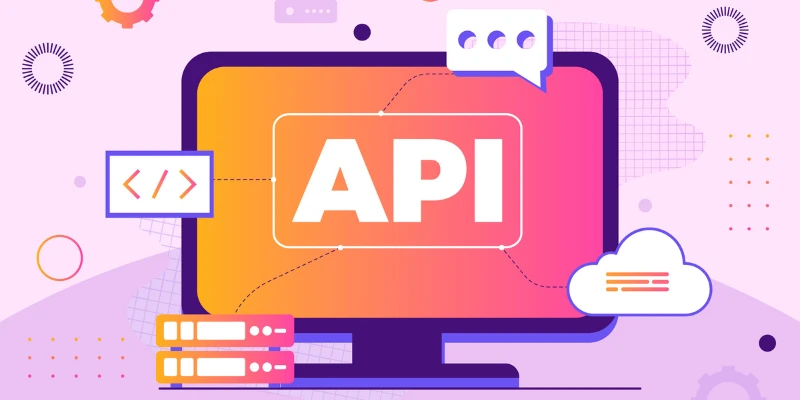
APIs (Application Programming Interfaces) are a core part of full-stack development, enabling different software systems to communicate with each other. Grasping APIs is crucial, whether you’re developing an interactive web application or connecting with external services. If you’re seeking to acquire comprehensive understanding and practical experience, enrolling in a Full Stack Developer Course in Kolkata at FITA Academy can be a great way to master API integration along with other vital skills in full-stack development. Let’s explore what APIs are and how you can use them in your full-stack projects.
What is an API?
A collection of guidelines known as an API enables communication between software programs. It outlines the data formats and procedures that apps can use to communicate and request information. For example, when you use a weather app, it communicates with a weather API to fetch real-time data from a server, which is then displayed on your phone.
How APIs Work: The Basics
APIs follow a request-response model. When your application (client) needs data, it sends an HTTP request to the server (back end). After processing the request, the server replies, usually in JSON format. Common HTTP methods include GET (fetch data), POST (send data), PUT (update data), and DELETE (remove data). In order to achieve a more comprehensive grasp of these ideas and their role in full-stack development, consider joining a Full Stack Developer Course in Jaipur, where you can learn how to work with APIs and other essential technologies in detail.
For full-stack development, APIs allow the front end and back end to communicate. For instance, the front-end of a blog app might request posts from the back-end API, which then fetches data from a database and sends it back to the front end.
Why APIs Matter in Full-Stack Development
In a full-stack app, the front end (like React) and back end (Node.js, Express) operate separately but need to work together. APIs bridge the gap by letting the front end request data and interact with the back end. Without APIs, the client and server wouldn’t be able to exchange information, breaking the functionality of your app.
For example, in a to-do list app, the front end makes API requests to create new tasks or retrieve a list of to-dos. The back-end API handles these requests, updates the database, and returns the appropriate data. This seamless exchange of information makes full-stack apps dynamic and interactive.
How to Use APIs in Full-Stack Projects
In full-stack development, you’ll first build your back-end API to handle different routes or endpoints. These routes process incoming requests, perform the necessary operations (such as database queries), and return a response. If you’re looking to dive deeper into back-end development and API creation, enrolling in a Full Stack Developer Course in Kochi can provide you with the practical skills and knowledge needed to effectively handle API routes and other back-end operations.
On the front end, you’ll use tools like fetch or Axios to send HTTP requests to these routes. When the data is returned, the front-end application processes and displays it to the user. For example, when the user adds a new post, the front end sends a POST request to the API, which then adds the post to the database and confirms the operation.
Common API Technologies
In full-stack development, RESTful APIs are commonly used due to their simplicity and scalability. REST APIs rely on standard HTTP methods for communication. Alternatively, GraphQL allows for more flexible queries, making it ideal for complex applications with varied data requirements.
For building APIs, frameworks like Express (Node.js) and Django (Python) are widely used. On the front end, you’ll often use libraries like Axios or native fetch to make API requests.
APIs are the backbone of full-stack development, enabling communication between the front end and back end of your application. By mastering API creation and consumption, you can build powerful, scalable apps that offer dynamic, real-time user experiences. Comprehending APIs is an essential ability for every full-stack developer, regardless of whether they are utilizing REST or GraphQL. If you’re looking to gain expertise in API integration and full-stack development, a Full Stack Developer Course in Trivandrum can provide you with the comprehensive training you need to excel in these areas.
Also check: What is the Crucial Role of Java in Shaping Full Stack Developers?
